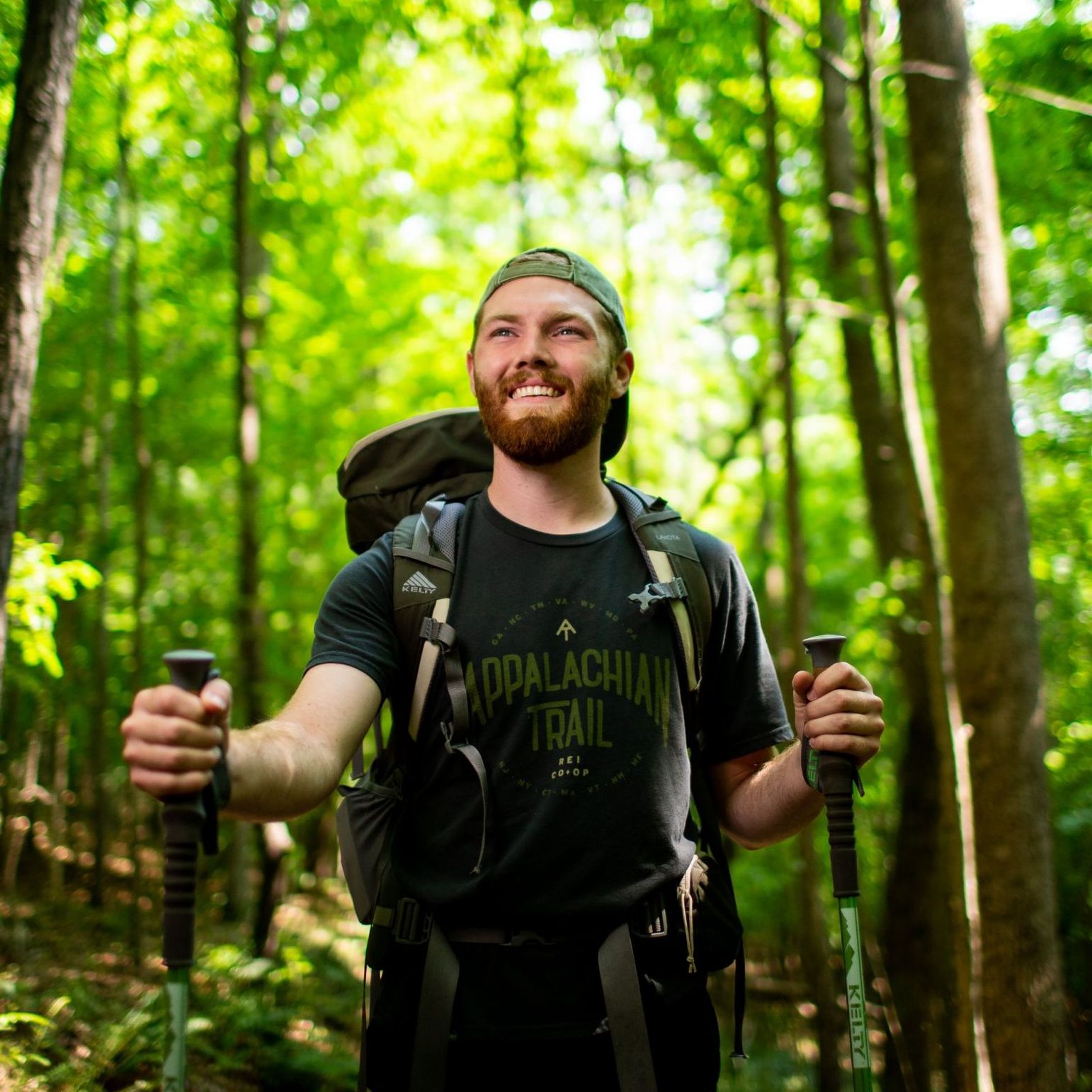Hike Safe Tips
April 16, 2021
Written by Mike Ellsworth, Director of Outdoor Recreation

The outdoors has a lot of wildness in it; it’s this wildness that draws us to it. We like to hike on an uncultivated trail and paddle a river that feels untamed. The exhilaration is palpable, and it often drives us to reach outside our comfort zone. Though, often these moments begin to welcome unnecessary risk. Our “danger-senser” takes a back seat to sense of adventure.
I can think back to a few moments (that I’m not proud of), where I chased that exhilaration just a bit too far. Whether I wanted to look fearless in front of my friends or independently paddle that river that I wasn’t ready for. Moments like my own are what have led the drive for our Hike Safe initiative. These are a simple set of guidelines to help you stay safe on your next adventure.
Plan Your Trip Carefully
We all glorify the “last minute adventure,” but if you are having an adventure there is probably some element of risk. So, be sure to do your best to minimize that risk. It is important to take the time to know as much as you can about where you are going and what you are doing. Don’t count on your cell service, it will often abandon you when you need it the most.
Hike With a Buddy or Tell a Friend Where You Are Going
Be sure that someone knows where you are going and when you will be back. If they don’t hear from you, they know to call the local authorities or to come looking for you. This has helped me out on more than one occasion where I broke down and was without my cell phone.
Stay on the Trail
On-trail is measurable safer than off-trail. Usually trails are clear of poisonous vegetation, animal homes and keep their distance from dangerous terrain. Be sure to stay on the trail and abide by all the posted signage.
Practice “Leave-No-Trace” Ethics
Taking care of the environment is first loving God. He created the Earth and stewardship becomes an act of gratitude towards the Creator. So, check out these ethics and do your best to abide by them on all your adventures. Environmental stewardship should come easy to Christians.
Pack the Right Gear
First, be sure to bring more than enough food and water for you day. Be sure to bring more than you think you will need. Having that extra bottle of water or additional granola bar can make a difference when you need them. Second, get a small first aid kit that comes with you on all your trips. There are lots of great resources out there to help you pack it.
Now that you have the simple set of guidelines, there are a few other things to always have in mind as you hike.
Every Trail is Dangerous
Think about each footstep you take down the path. You take those strides lightly as you walk, jog or run them with ease. Though, even a short (3 mile) hike could take several hours for an EMS crew to carry stretcher. All it takes is a sprained ankle or broken leg to turn a fun daytrip into an overnight evacuation.
Every River or Lake is Dangerous
Without a PFD, it can be very easy to be swept under a light current. Death by drowning can occur in just a few short seconds. Because the James River is so accessible, often people go for a “short” river tube trip that turns into a 8 hour float and 2 hour hike back to their car! Be sure to plan and prepare. Know where your river-on and river-off points are. And ALWAYS wear your PFD.
Every Cliff Face is Dangerous
Though, it can make for a sweet selfie, stay on the trail. Crabtree Falls is a beautiful and well-known hike for Liberty students, but it has a dangerous reputation. It is important to stay on the trail and abide by all trail signage. Signage is there for a reason and you are not the exception.
I don’t say these things to inspire fear, I say this to inspire preparedness. We consider it our responsibility to encourage safe exploration and safe adventurers. Whether it is your first hike on LU mountain, or you regularly head out on week-long backpacking trips, these rules should be applied to ensure that you make it back safe and sound.
